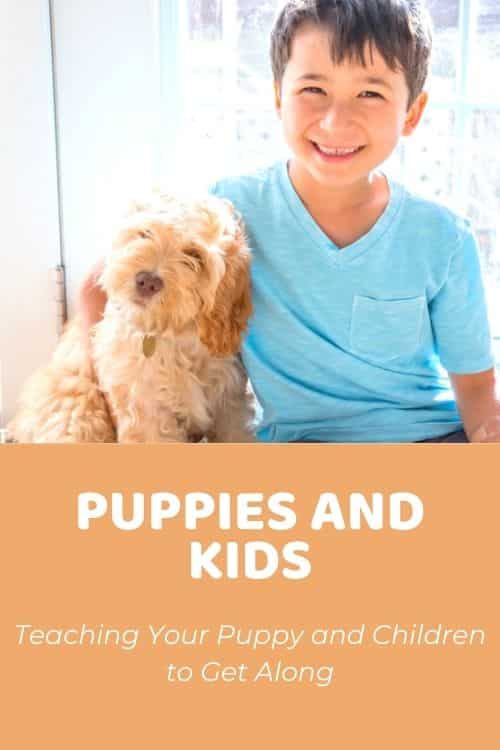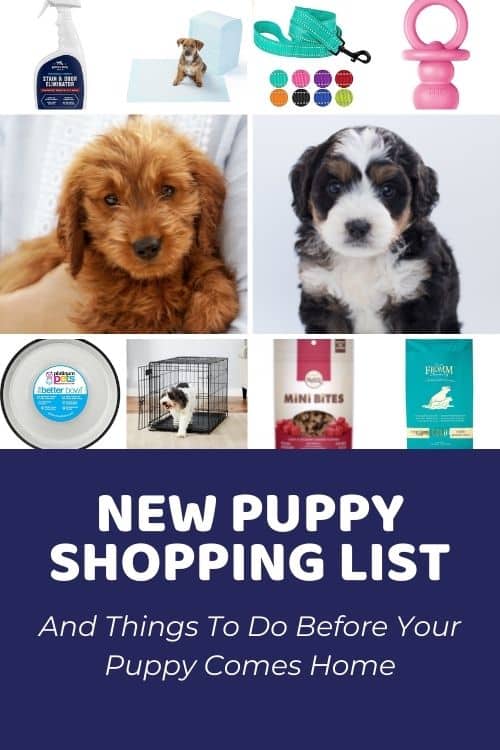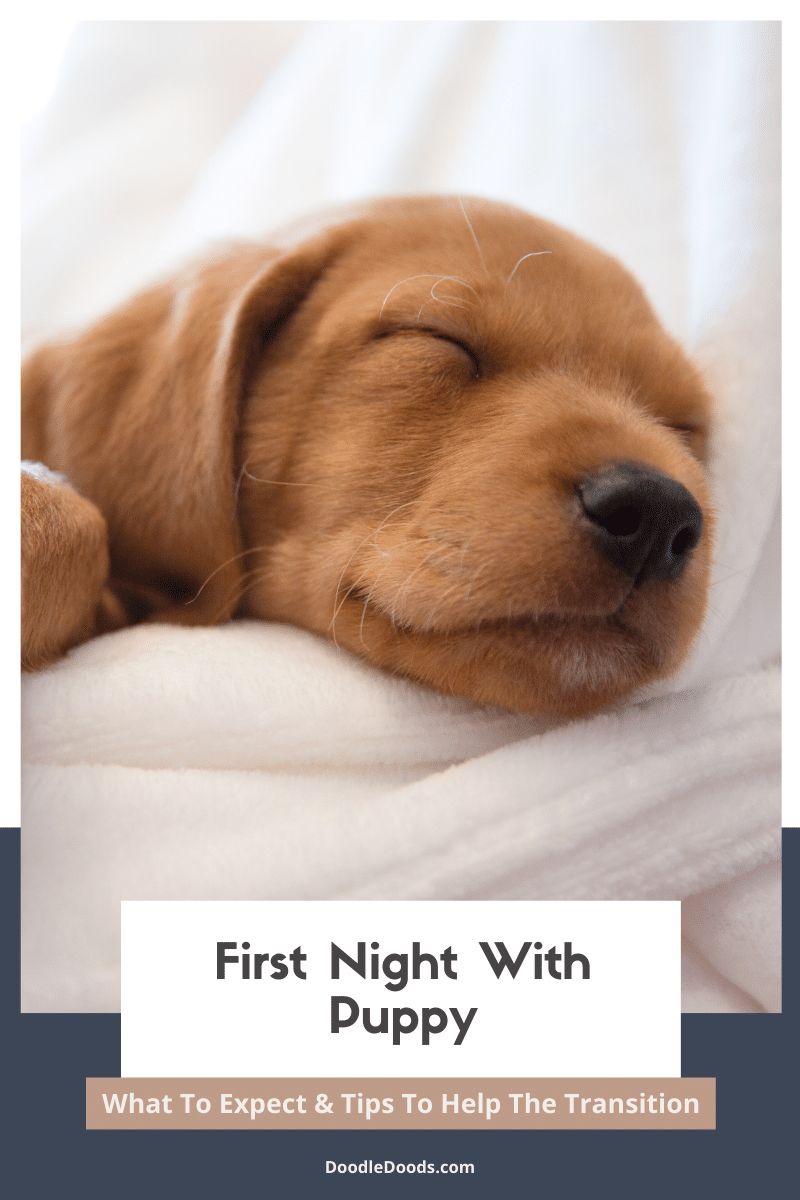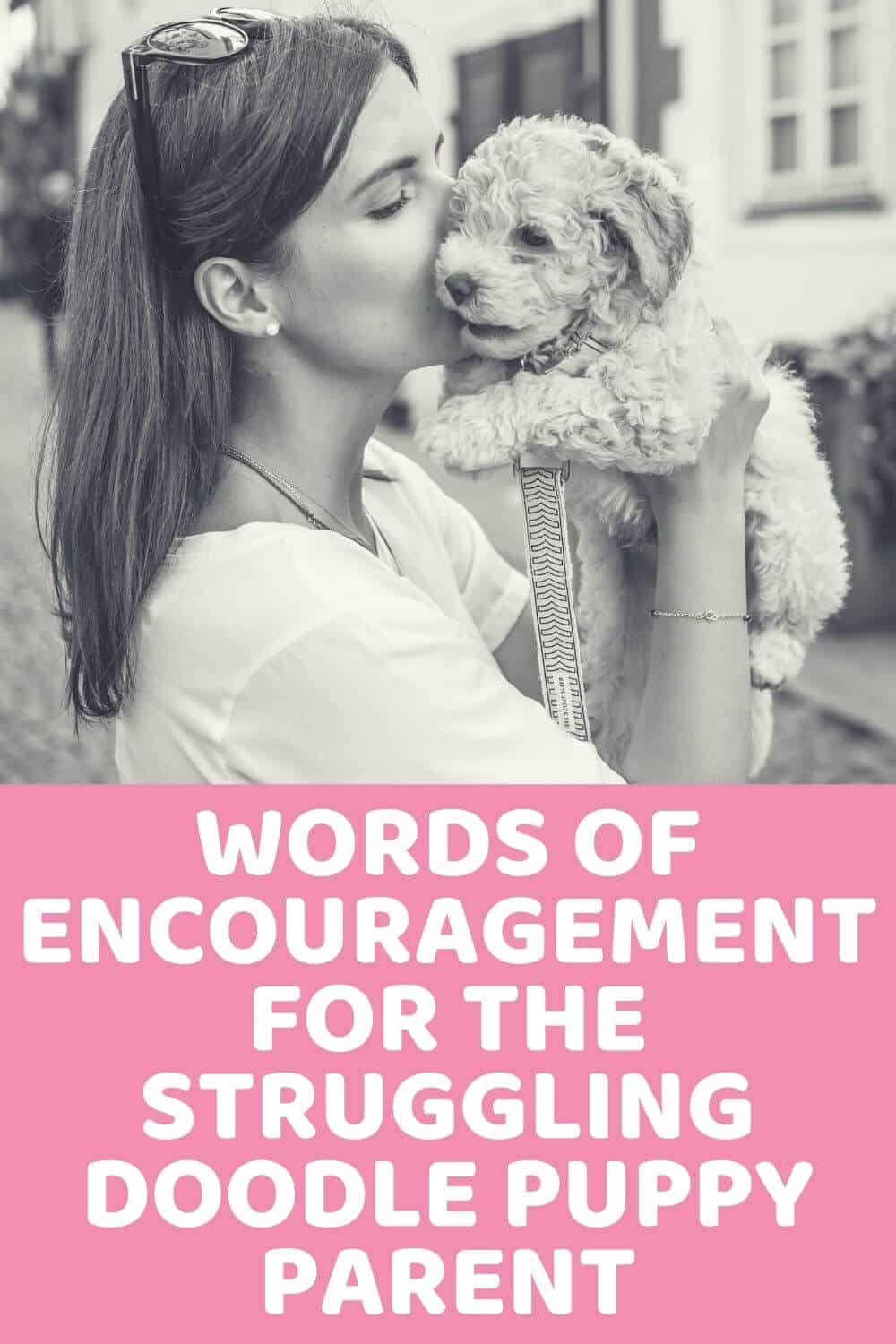Puppies and kids are seemingly the perfect combination. After all, they have a lot in common, both enjoying games and playtime, and toys. Moreover, most kids love to spend time with dogs and can build up a very special connection with them. There is nothing quite as touching as witnessing the developing bond between man’s best friend and the apple (or apples) of your eye.
However, introducing the newest member of your family to all your existing ones, especially if they are quite young, needs to be done with care. Neither children nor puppies will mean any harm, but injuries can occur if they don’t know the best way to treat one another. That’s why we’ve created these guidelines on how to prepare both your puppy and your children for life together. This advice will hopefully keep everyone safe and happy during this incredibly exciting time.
Table of Contents
- Selecting the Perfect Dog for Your Family
- Preparing Your Puppy for Life with Kids
- Helping Your Children Interact Safely with Puppy
- The Initial Introduction
- Other Things to Keep in Mind
- Top Tips for Introducing Your Puppy to Your Toddler
- Frequently Asked Questions: Kids and Dogs
Learn How to Care for Your Doodle Puppy!

Perfect for first-time Doodle parents, get ALL your questions answered, including questions new Doodle parents don’t even think to ask.
Plus, get $700 worth of Bonus Materials for FREE, including:- Doodle Parenthood Community and Support Group ($190 value)
- Doodle Puppy Growth Tracker ($20 value)
- EMERGENCY Cheatsheet: When To Call The Vet Immediately ($50 value)
- HELP! Button ($145 value)
- And SO MUCH MORE!
Selecting the Perfect Dog for Your Family
Maybe you’ve already got a puppy in mind, and that’s just fine. On the other hand, if you are just starting to consider adopting one, then there are a few things to consider. For instance, the breed and the dog’s size can be key factors in ensuring they are a good fit for your home. Doing a little research can make your life all the easier.
Most Doodles are family-friendly (that’s just one of the reasons why we love them so much). Most breeds that go into the Doodle mix, whether Standard, Mini, or Toy, absolutely adore being around all children. However, their individual temperaments may make them better suited for homes with older or younger children.
Boisterous, high-energy breeds such as shepherds, terriers, and larger spaniels might overwhelm younger or quieter kids with all their running around and jumping up. However, older kids and teenagers will likely love taking these pups for long walks or games of fetch in the park.
Doodles with larger pooch parents such as the Bernese Mountain Dog, Great Pyrenese, and Newfoundland conversely tend to be much calmer and more placid. This makes them great companions for toddlers and smaller children. Some smaller Doodles formed with lapdogs like the Shih-Tzu or Cavalier King Charles Spaniel are another option if space is an issue.
For more on this, check out our dedicated article: Best Family Dogs – Let’s Compare Doodles. You can also find plenty of information on many of the most popular Doodles by using our search bar at the top right of the page.
Preparing Your Puppy for Life with Kids
Many of the better breeders out there start socializing their puppies from birth. Often this includes them spending time with children that are used to handling dogs. If this is the case with your pal, then more’s the better. Most of the hard work will already be out of the way. If not, then you are going to need to approach this task with patience.
Either way, before introducing your puppy to your kids, gently handle them in all the ways a child might. Touch their tail, ears, and body, and gently tug on their collar. This will acclimate your puppy and make them much less likely to become upset around your children. Make it as pleasant an experience as possible. Your puppy needs to learn that human contact is fun, enjoyable, and not to be feared.
Make sure to also set up a space for your new pup to spend time where they are not going to be disturbed. For owners who opt to crate train, then the crate will be the natural choice. If not, set up a comfy bed in the corner of the family room and place your puppy’s new toys and a couple of treats there while they settle in. This space should always be available for your dog – their safe place where they can be alone.
Helping Your Children Interact Safely with Puppy
Just as puppies need to be taught how to be around children, so too do children need to be taught how to be around dogs. Kids don’t innately know this. Although they won’t mean any harm, issues could arise because they are simply so excited to meet their new pet and want to cuddle them, stroke them, and love them.
The best thing to do is to start getting your children ready for the new arrival before they get there. Teach them that even though their new puppy will be eager to explore their new home and likely play with their new friends, that they are still just a baby and could get scared if there are too many people around or too much noise.
Model responsible and respectful actions using a teddy. Encourage your kids to use a quieter ‘indoor voice’ and show them how to approach their new pet calmly and gently. Stroking should be done gently and only if puppy seems happy to engage. At this point it’s a good idea to talk about signs that a dog isn’t happy, including cowering away, a tucked tail, and teeth-baring.
Make sure your children understand that when puppy is in their crate or bed, they should not be disturbed. Likewise, when they are eating. Some dogs acting on instinct can demonstrate defensive behaviors such as growling, barking, and even snapping if they think someone is trying to take their food away.
The Initial Introduction
Meeting a new puppy is obviously a thrilling experience for every child. However, in the excitement at seeing that cute and tiny bundle of floof, kids can all too easily get carried away and forget everything they have been told. That’s why it’s crucial that this first visit is done when both parties are as calm as possible.
Have your children sit down and encourage the puppy to come to them rather than all rushing over to meet the puppy at the same time. Likewise, it’s not a good idea to keep puppy restrained while the kids pet them as this could be very frightening for them and make them shy of future contact.
Even if your puppy seems to be doing quite well, keep a close eye on things. A lot of dogs will tolerate things they don’t like for a while before lashing out. Plus, children and dogs should never be left unsupervised anyhow. If things get too exciting, take the puppy back to their quiet place and let things calm down.
Generally, it’s best to limit these early play sessions to around 15-30 minutes, 2-3 times a day. Just like a growing child, young puppies need plenty of rest. Too much playtime could wear them out and make them feel distressed or unhappy.
Other Things to Keep in Mind
There will need to be a few changes made in the setup of the house, of which your children will have to be aware. For instance, you should pack away any child’s toy that may prove too tempting to the puppy and keep them stored when not in use. Not only will those needle-sharp teeth rip through them with ease, but these kinds of toys were not designed for chewing. They could be a choking hazard or may be toxic if ingested.
You may also opt to allocate a specific room or space within a room to your puppy to help keep them out of trouble when not around. Make sure your kids are familiar with any puppy gates you use, how to work them, and most importantly, to make sure they are securely closed when the puppy is inside. All such house rules and behavior boundaries should be set up and clearly established before you bring your new puppy home.
Top Tips for Introducing Your Puppy to Your Toddler
- Instill in your kids that we show our love towards dogs by being gentle with them.
- Show them how to handle, feed and groom your new pet. The more they can understand that this is a living, breathing animal, the more care they are likely to take with them.
- Get your children involved with obedience training to help them better understand rules such as not feeding from plates. Having them give your pal tasty treats will also serve to establish a positive relationship between your puppy and your children.
- Set a clear and good example of the kind of behaviors you would like your children to emulate with your dog. Avoid doing anything to them that you wouldn’t want your kids to do – this includes physical punishment, teasing, and rough play.
- Encourage beneficial games such as fetch whenever possible. These are excellent for keeping your pup healthy and are a great bonding activity to boot.
- Help your children to understand that puppy can be easily upset and startled by loud noises. They should never shout at puppy or otherwise make too much noise.
- Teasing games such as keeping a favored toy just out of reach may seem funny, but these only serve to reinforce bad habits such as jumping up and excessive barking.
- Have your kids stroke puppy along their back and sides rather than around their face and ears. Teach them that hugging and getting all up in the puppy’s face is not a good idea as it can be pretty scary for them, and they may react badly.
- Reinforce the idea that puppy should be left alone when they are in their special space. Your kids need to respect the puppy’s boundaries in this way and let them sleep undisturbed.
- Make sure your children abide by as many of the rules laid out from the start as possible. Consistency is essential for obedience training, and if your puppy starts to think they can get their own way, they will start to act up more and more frequently.
Frequently Asked Questions: Kids and Dogs
What is the best age to get a puppy for a child?
If your child is under the age of six, then you might reconsider adopting a puppy. Firstly, you need to factor in the time commitment involved in training and supervising that little bundle of energy. Secondly, accidents can happen if your child is too rough with a delicate puppy, or your puppy is overeager with their games (think sharp claws and razor-like teeth). An older dog – say over two – would be your best bet here.
Is having a dog good for a child?
Adding a pup to the family has a number of advantages for children. They can learn all about the responsibility of caring for another living thing all while getting a new best friend. It also teaches them patience when training and encourages exercise, outdoor games, walks, and sports. Research also suggests that pet ownership boosts self-esteem and even has a positive effect on the immune system. What’s not to love here?
Is it safe to have a dog with kids?
Generally speaking, having a pup about the house is perfectly safe – although you should never leave young children unsupervised with any pet. However, you do need to ensure that your kids handle the dog with care. Keep a close eye out for any signs that your pup may be distressed or not enjoying the attention they are receiving. Always get to know a new dog, so you have a good understanding of their temperament before introducing them to your children. This is especially important with rescues as you never know the kind of experiences they may have had in the past and how they may react.
If you have decided to adopt a new puppy for the sake of your children, make sure you know what to expect and are fully prepared. Getting all family members ready to greet your new pet can be tricky – especially if they are very young or haven’t spent much time around dogs. However, the benefits of having a puppy in the house are substantial for children. Hopefully, this article has provided some valuable pointers for tackling the challenge of introducing your kids to your new puppy, and you can simply sit back and enjoy watching them have a blast together.








